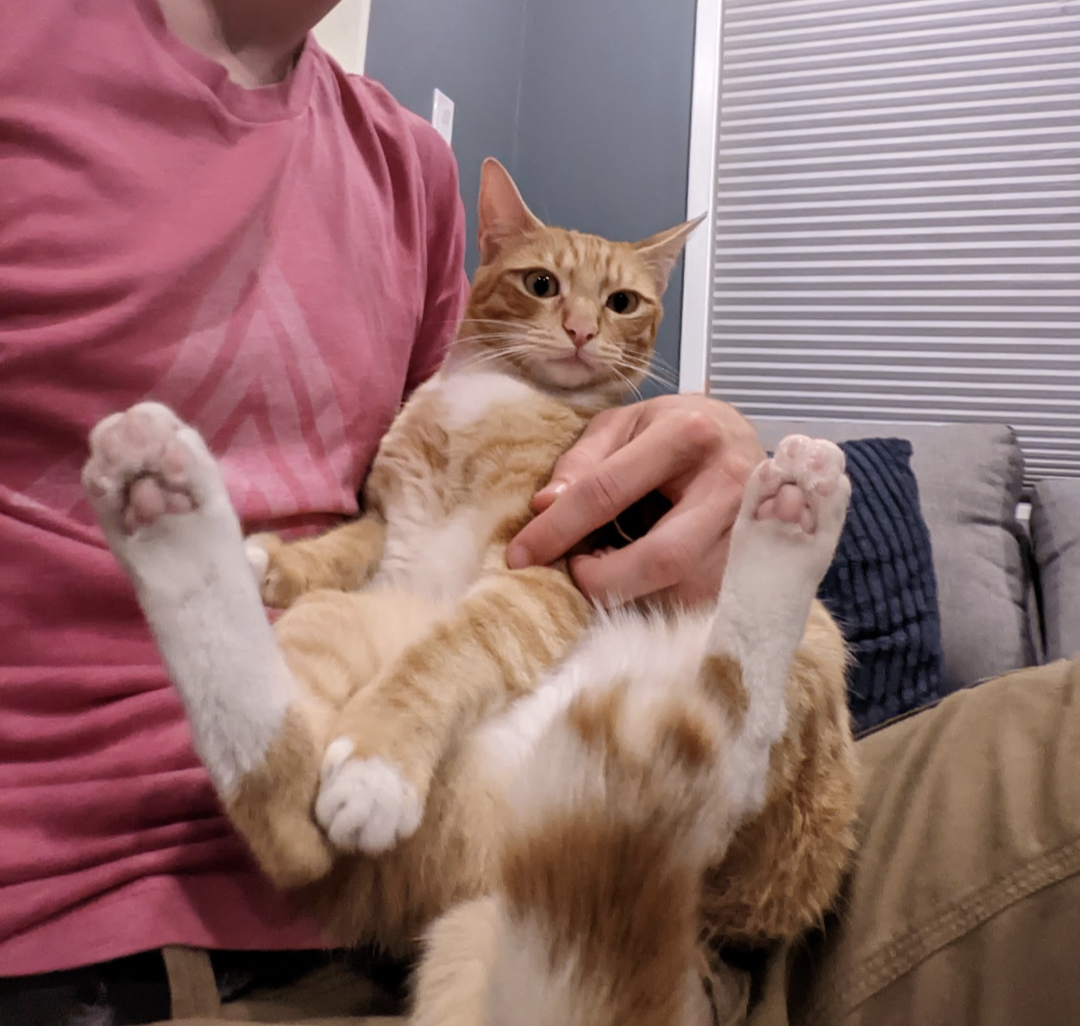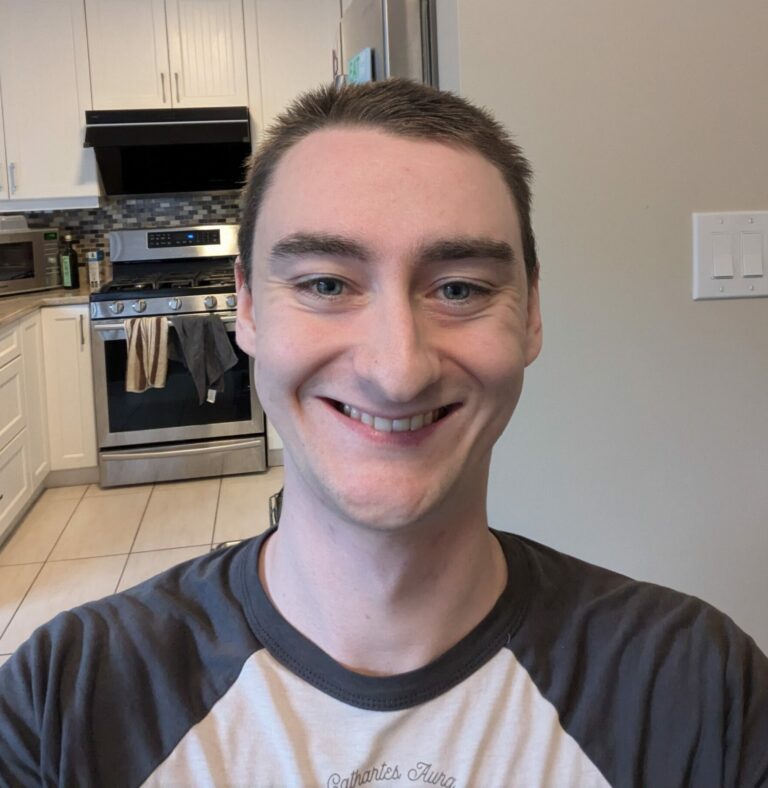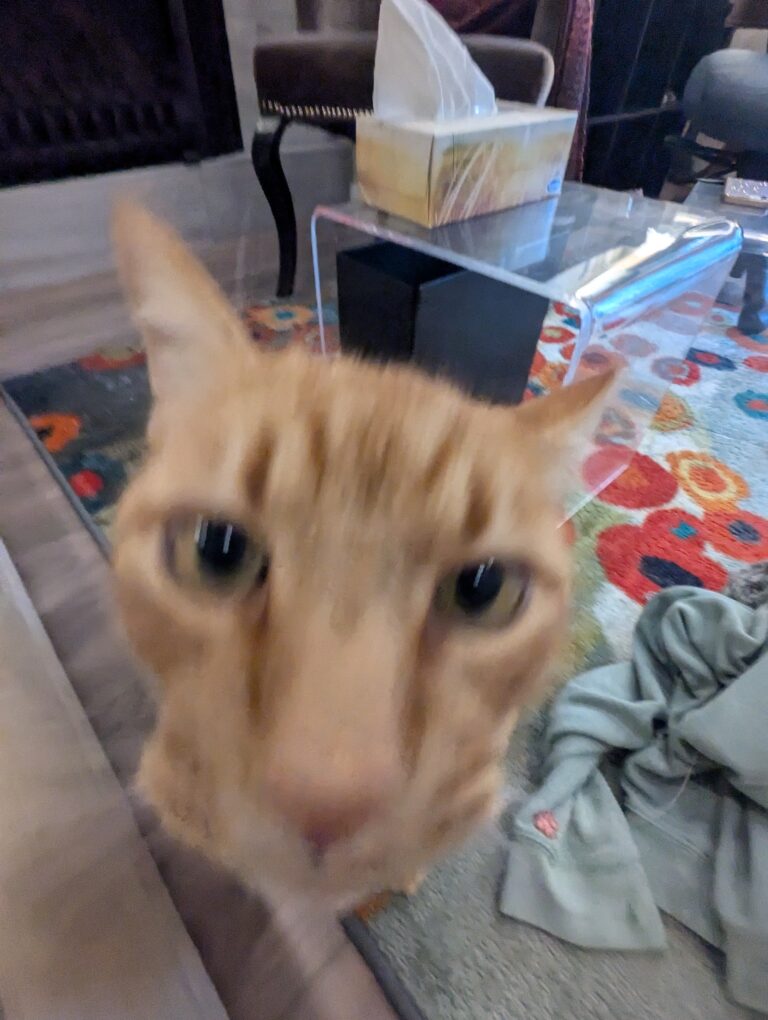Blog Post #4
Hello everyone!
This blog post is going to be a bit all over the place as I am seriously dealing with a lot of overwhelm at the moment and for the foreseeable future. Got big exam and papers due the the next week or so, taxes to file, colossal amounts of paperwork for the government, CAL accomodation paperwork, find a new place to live/have a talk with my landlord, make sure i have enough money to live over the summer, find a job for the summer, and balance out my mood by completing some of these tasks. This blog post is the first of many seeing as its due pretty quickly here.
Gotta keep it real with the blog posts as I feel that it would be disingenuous to not acknowledge the human aspect behind these posts.
Anyway cat image i found that pretty much sums up me rn

Image from meme
What are personal learning networks and why are they important?
Personal Learning networks are a form of network where you select for educational content. This could be anything from a twitter account that follows a bunch of archeology science communicators, to a youtube account that subscribes to various creators themed around psychology.
In my life, I have found Personal Learning Networks to be very helpful in my learning journey. As mentioned in my last blog post, I found the youtube Channel Healthy GamerGG extraordinarily helpful. To learn more about how I have used and engaged with my own PLN see my blog post #3.
Social media dynamics for PLNs

Image by Christin Hume at Unsplash
My methods of engaging with my PLN involve entirely just consuming the content. I provide my view for the algorithm, which then in turn support the content creator monetarily- thereby funding more resources in the specific channel/video I am watching.
Going above and beyond just simply viewing a piece of content involves direct commenting, liking, favouriting, and/or rating the content. These forms of interaction greatly benefit the content creator and encourage more growth. Personally, I get the most information out of my PLN through simply viewing, as further engagement requires activity in the PLN that I am not always able to give. However, with this knowledge, I can strategically use my likes and comments and other form of engagement to selectively boost certain topics so the algorithm can push them more.
Long Term Network Development
The problem with PLNs is that they require active participation and commitment, which is a barrier for me as these resource are all entirely online. There is a lot to learn, however I do not feel personally invested and engaging online is much less rewards, and more costs with regards to energy requirements vs the value i get out of said learning network. With that being said, instead of directly and deeply involving myself in the online communities, I keep broadening my networks reach. Recently, I subscribed to a new youtube channel to further diversify my media consumption. Jovan Bradley is a youtuber that isn’t just another white guy on a podcast. He takes call in’s from politically opposed individuals and debates them. While the content is a bit inflammatory, Jovans repertoire of knowledge is helpful to me and adds to my own.
Impact of Social Media on Learning Enviornments
Social media has helped me to find resources that I never knew existed and communities that I never knew existed. Healthy Gamer GG is the standout example, where I was having a hard time with my mental health, and their videos contextualized my experience and validated my feelings.
However, whether this discover was the exception or the rule is a very hard question to answer. With algorithms pushing for more and more engagement, the educational quality of recommendations is considered only secondarily to the attention that it grabs.


